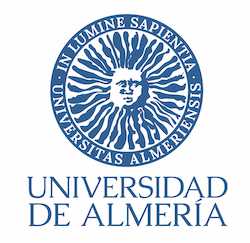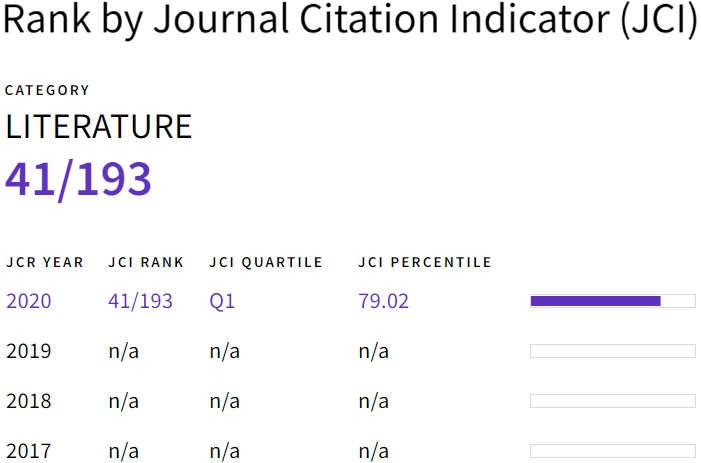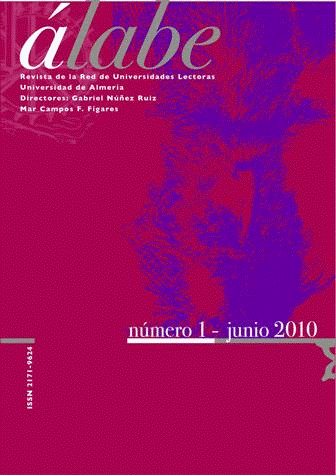“The Project eMysteries – From reading to writing
Resumen
Digital culture is impacting heavily on young people’s lives, be it through their own attachment to social media through mobile devices or the new Covid-19 demands on distance online education. Maryanne Wolf in Reader, Come Home (2018) argues through her cognitive neuroscientific studies on reading that the mind of readers is changing given the media they are constantly using (mobile phones, computers).
One of the issues Wolf debates is the loss of deep detailed modes of reading comprehension or the willingness of today’s (young) readers to engage with complex sentences or longer texts. She claims, however, that really good reading is close reading, a form of reading that requires intellectual effort from the reader involving the intellectual skills of reasoning, thinking and understanding (Wolf, 2018).
How can this be promoted in the digital age? This is the aim of a European Erasmus+ funded project the authors are involved in called e-Mysteries: Detective Stories to Engage Students in Close Reading with the Use of Mobile Devices (short name: e-Mysteries).
New forms of reading, as those being developed by the e-Mysteries project, create opportunities for the participatory empathetic, critical, and analytical engagement of students with what they read as well as with individual and collaborative writing in a modern flux of consumer-producer.
Palabras clave
Texto completo:
PDF (English)Referencias
Bauerlein, M. (2009). The Dumbest Generation: How the Digital Age Stupefies Young
Americans and Jeopardizes Our Future. New York: Penguin.
Burke, B. (n.d.). A Close Look at Close Reading: Scaffolding Students with Complex Texts.
Available at: https://nieonline.com/tbtimes/downloads/CCSS_reading.pdf (accessed 02
Mar 2020).
Dakin, C. (2013). The Effects of Comprehension Through Close Reading. Fisher Digital
Publications: St John Fisher College.
Elder, L. and Richard, P. (2004). Critical Thinking and the Art of Close Reading (Part II).
Journal of Developmental Education. 2(3). 36-37.
Literacy Policy Network (ELINET) (2015). Literacy in Europe: Facts and Figures.
Available at: http://www.eli-net.eu/fileadmin/ELINET/Redaktion/Factsheet-Literacy_
in_Europe-A4.pdf (accessed 02 Mar 2020).
Eurydice (2011). Teaching Reading in Europe: Contexts, Policies and Practices. Available
at: http://www.indire.it/lucabas/lkmw_file/eurydice/reading_literacy_EN.pdf (accessed
Feb 2020).
e-Mysteries (2020). Toolbox: Close reading Mystery Detective Stories. Available at: http://
flipbooks.emysteries.eu/toolbox/en/
Hayles, N.K. (2010). “How We Read: Close, Hyper, Machineâ€. ADE Bulletin, 150, 62-79.
Available online at https://www.ade.mla.org/content/download/7915/225678
Ibao, M. (2003). Connecting Dots: Using Some of the 20th Century’s Most Significant “Whodunitsâ€
to Teach Low English Proficient Students. Available at: https://uh.edu/honors/
Programs-Minors/honors-and-the-schools/houston-teachers-institute/curriculum-units/
pdfs/2003/twentieth-century-novels/ibao-03-kid-lit.pdf (accessed 28 Feb 2020).
James, P.D. (2020). “Murder Most Foul (1982)â€. The Paris Review. August, 3. Available
online at https://www.theparisreview.org/blog/2020/08/03/murder-most-foul/. Retrieved
08.2020.
Merga, M. K. (2020). “Fallen through the cracksâ€: Teachers’ perceptions of barriers faced
by struggling literacy learners in secondary school. English in Education, 54:4, 371-395.
Müller-Walde, K. (2010). Warum Jungen nicht mehr lessen und wie wir das ändern können.
Frankfurt: Campus Verlag.
OECD and Statistics Canada (2000). Literacy in the Information Age. Paris: OECD.
Reutzel, D. R., Jones, C. D., Fawson, P. C. et al. (2008). Scaffolded Silent Reading: A Complement to
Guided Repeated Oral Reading That Works!. The Reading Teacher, 62, 194−207.
Rosebrock, C., Jörgens, M. (2012). Die Bedeutung des eigenständigen Lesens für die Ausbildung von
Literalität bei schwachen Lesern. In Frickel, D. A., Kammler, C. und Rupp, G. (Hrsg.). Literaturdidaktik
im Zeichen von Kompetenzorientierung und Empirie. Perspektiven und Probleme. Freiburg. 211−234.
Snow, C. and O’Connor, C. (2016). Close Reading and Far-Reaching Classroom Discussion: Fostering
a Vital Connection. Journal of Education, 196 (1). 1 – 8.
Stachalski, H. (2006). Der Einsatz von Detektiv- und Kriminalgeschichten im Unterricht der Sekundarstufe
I zur Förderung der Lesekompetenz. München: GRIN Verlag. Available online at https://www.
grin.com/document/134805
Sutherland, J. (2006). Using Diverse Children’s Detective Fiction to Build Comprehension Skills. Available
at: https://teachersinstitute.yale.edu/curriculum/guides/2004/2/04.02.06.x.html (accessed 28
Feb 2020).
Thomson, S., De Bortoli, L. and Underwood, C. (2016). PISA 2015: A first look at Australia’s results.
Retrieved from https://research.acer.edu.au/cgi/viewcontent.cgi?referer=https://www.google.
com/&ht%20tpsredir=1&article=1021&context=ozpisa
Wolf, M. (2018). Reader, Come Home: The Reading Brain in a Digital World. New York: Harper Collins
Publishers.
Woolf, V. (2019). The haunted house. Ebook. Cirencester: Heritage Books (First edition: Hogarth
Press, 1921).
http://www.openculture.com/2016/07/ray-bradbury-literature-is-the-safety-valve-of-civilization.html
DOI: http://dx.doi.org/10.15645/Alabe2021.24.7


































